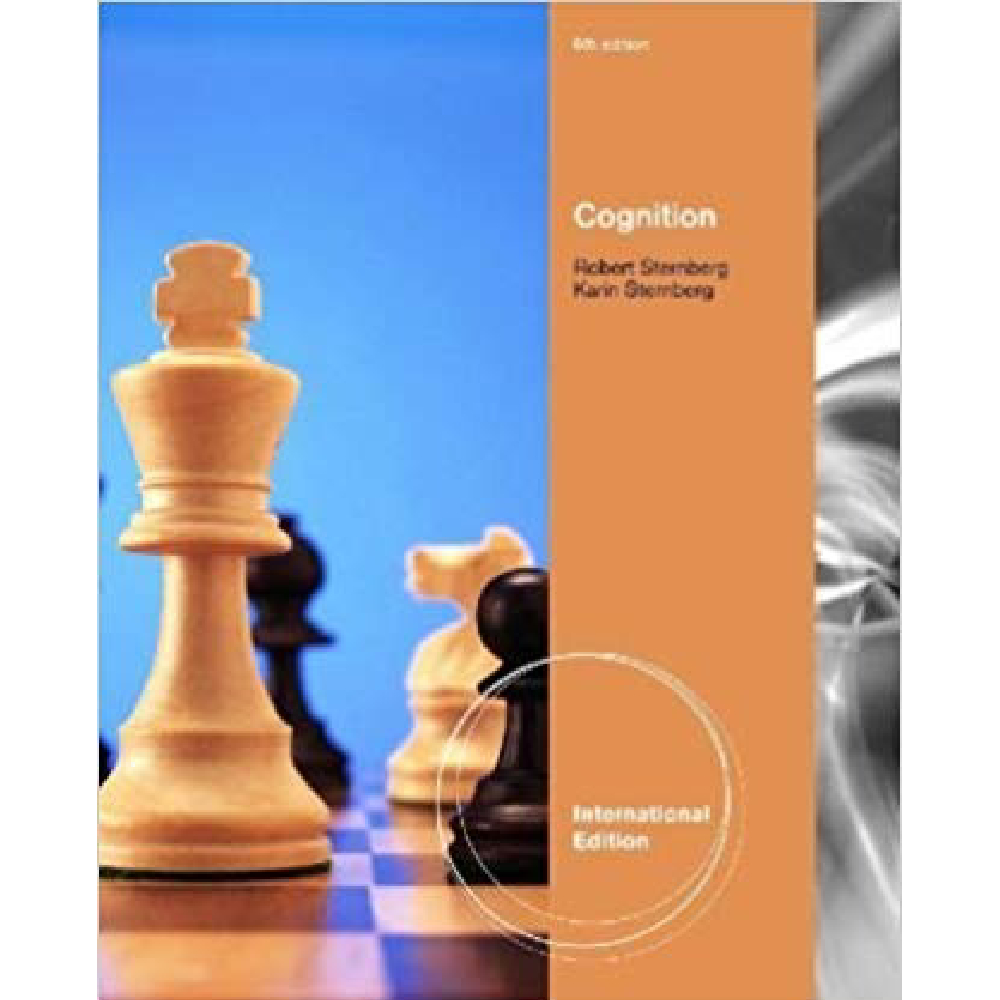Cognition International Edition 6th Edition By Robert J. Sternberg – Test Bank
$55.00
Cognition International Edition 6th Edition By Robert J. Sternberg – Test Bank
You will receive this product within 24 hours after placing the order
Cognition International Edition 6th Edition By Robert J. Sternberg – Test Bank
Multiple Choice
1. The goal of __________ is to select from among choices or to evaluate opportunities.
a. reasoning
b. judgment and decision making
c. reasoning and judgment
d. decision making and reasoning
ANS: b DIF: Moderate MSC: TYPE: Factual
2. Most of the early models of classical decision theory were devised by
a. cognitive psychologists.
b. physiological psychologists.
c. philosophers.
d. economists.
ANS: d DIF: Moderate MSC: TYPE: Factual
3. All of the following statements describe assumptions of an early model of decision making, the “economic man and woman,” except one. Identify the assumption not associated with this model.
a. Decision-makers are completely informed of all possible options and all possible outcomes of their decision options.
b. Decision-makers are infinitely sensitive to subtle differences among decision options.
c. Decision-makers are aware that making errors in judgment is inherent in decision- making.
d. Decision-makers are fully rational in regard to their choice of options.
ANS: c DIF: Moderate MSC: TYPE: Conceptual
4. What is the goal of human action in decision making, according to the subjective expected utility theory?
a. Utilities for a given action may be predicted for all persons within a given culture.
b. In making decisions, people seek to maximize pleasure and minimize pain.
c. In making decisions, people seek to maximize their maximum gain.
d. In making decisions, people seek to maximize their minimum gain.
ANS: b DIF: Easy MSC: TYPE: Factual
5. What is the idea behind the subjective expected utility theory?
a. Utilities for a given action vary from person to person, depending on each person’s hopes and fears.
b. In making decisions, people use objective criteria for studying probabilities of outcomes but subjective criteria for evaluating each outcome.
c. In making decisions, people seek to maximize their maximum gain.
d. In making decisions, people seek to maximize their minimum gain.
ANS: a DIF: Moderate MSC: TYPE: Conceptual
6. Stephanie and Steve are looking at a variety of cars, as they are trying to select a new vehicle. Given that they selected very different vehicles, it appears that their calculations were based on individual versus objective information. Decisions based on each of their own preferences would be called
a. conditional probability.
b. subjective probability.
c. bounded rationality.
d. false-consensus effect.
ANS: b DIF: Moderate MSC: TYPE: Application
7. When making a decision, the use of one’s individual values versus use of objective criteria is reflective of what concept?
a. subjective utility
b. subjective probability
c. conditional probability
d. pragmatic reasoning
ANS: a DIF: Moderate MSC: TYPE: Factual
8. This notion suggests that we do not have infinite sensitivity when evaluating an number of different options. Rather when making decisions “we are rational but within limits.”
a. opportunity costs
b. subjective probability
c. bounded rationality
d. perspective effects
ANS: c DIF: Moderate MSC: TYPE: Conceptual NOT: WWW
9. According to __________, we typically use a decision-making strategy called satisficing.
a. Amos Tversky
b. Michael Ross
c. Daniel Kahneman
d. Herbert Simon
ANS: d DIF: Hard MSC: TYPE: Factual
10. The theory of satisficing states that
a. all decision making is strengthened or weakened depending on whether there is a reward for a certain decision.
b. decision making is geared toward seeking to maximize pleasure and minimize pain.
c. we consider options one by one, and then we select an option as soon as we find one that is just good enough.
d. people make decisions that would ultimately bring satisfaction to themselves, regardless of the effect the decision has on others.
ANS: c DIF: Moderate MSC: TYPE: Conceptual











Reviews
There are no reviews yet.